Holding vigil in "a post-USA America" as Trump orders the vigil gone
Philipos Melaku-Bello tells Law Dork that if the tent is taken out of the park, "then lawyers will get involved, and we'll do what we can to get it back."
On Friday afternoon, President Donald Trump ordered someone in the Oval Office to take down a decades-long peace protest tent in front of the White House,
“No president of the United States, even ones that I didn't like, thought that they were supposed to end the Constitution,“ Philipos Melaku-Bello, the man holding vigil in front of the tent in Lafayette Square on Friday evening, told Law Dork.
After being told by “Real America’s Voice” White House correspondent Brian Glenn in the Oval Office that the tent was an “eyesore” and has become “anti-America” and “anti-Trump” at times, Trump said he was unfamiliar with the protest.
“I haven’t noticed,“ Trump said of the protest originally launched by William Thomas in 1981. “I didn’t know that.”
As The Washington Post reported last month, “The demonstration is widely considered to be the longest continuous act of political protest in U.S. history. It has survived seven presidents, countless global conflicts, hurricanes and blizzards, heat waves and floods. It has outlasted several U.S. wars, including the Cold War, the Persian Gulf War, the War on Drugs and the War on Terror.“
On Friday, after one question in the Oval Office that echoed the complaint of New Jersey Rep. Jeff Van Drew as detailed in the Post report, Trump said, “Take it down. Take it down today. Right now.”
As of 6:30 p.m. Friday, the tent and Philipos were still there.
[Update: As of 1:40 p.m. Saturday, the tent was still there, and no disruptions were reported.]
Law Dork spoke with him about the president’s comments. Here’s what he had to say:
Now we're in a post-USA America that doesn't have any — and we already know that he's breaking the laws in many other aspects. So now the First Amendment, the right to freedom of speech, freedom of expression, but not only freedom of speech and expression, because also the last three lines of the First Amendment to the U.S. Constitution says people peaceably to assemble and to petition of the government for a redress of grievances.
So if I'm removed from here, is it really petitioning the government for redress of grievances if I'm on the corner of 27th Northwest and P Street? No, it's not. So therefore, petitioning the government for redress of grievances would be more likely done in front of the Supreme Court, Congress, the White House, the Department of Justice, or the Department of the Interior. So there's a reason why — or the State Department. If you're going to be petitioning the government for redress of grievances.
If you're anti the United States Constitution, just come out and say, "I have overthrown the government of the United States of America and its Constitution that I only was inaugurated to uphold only eight and a half months ago, but now eight and a half months later, I am going to be the highest heretic to the First Amendment of the U.S. Constitution," which is part of the Constitution that you are inaugurated on, to defend from, you know.
So if he's gonna do that, he's gonna do that, and then lawyers will get involved, and we'll do what we can to get it back. No president of the United States, even ones that I didn't like, thought that they were supposed to end the Constitution or and end laws within the Constitution, or interpret it into what the words themselves don't mean, into them being words that I am going to make up my mind what they mean.
After noting that they have had to go to court before to defend their right to hold the protest — and have always come back — Philipos returned to Trump, saying, “I believe that he is going to go through with what he says he's going to go through, and then it's going to be in the courts.”



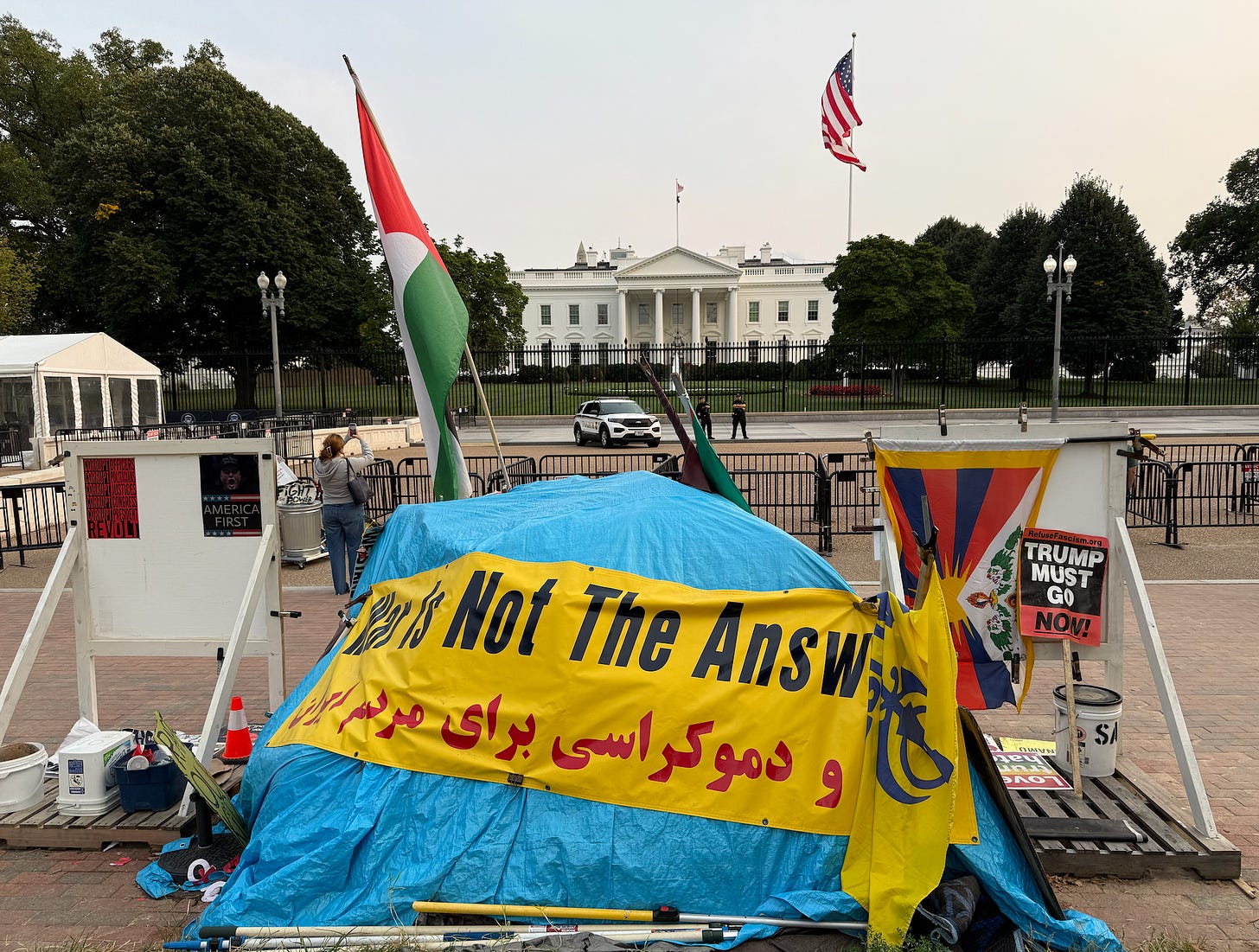
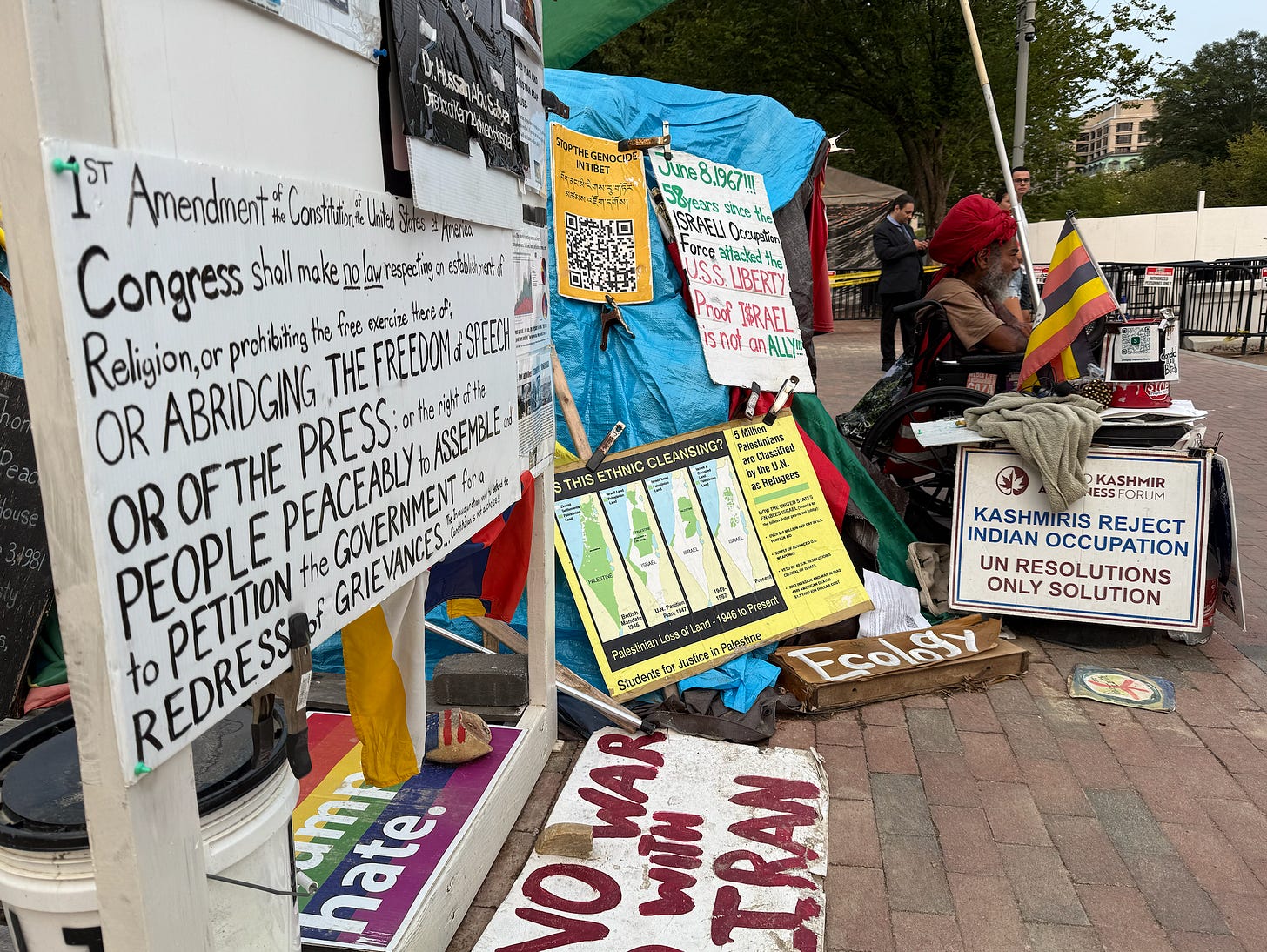
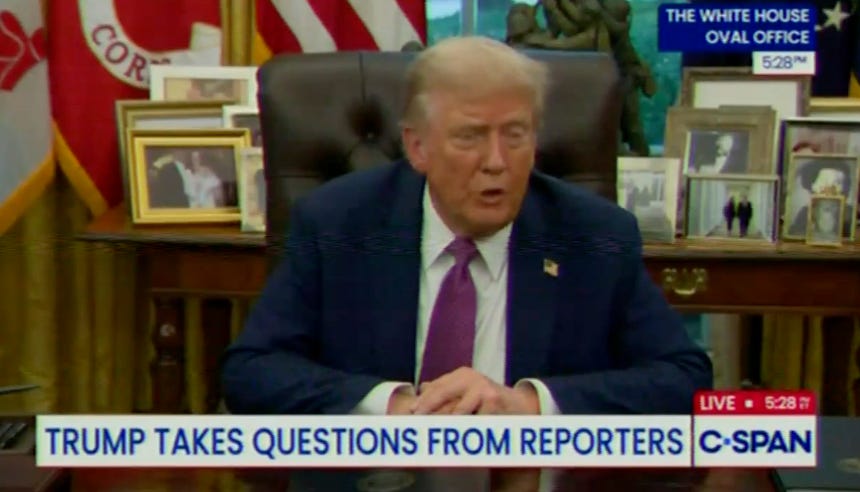
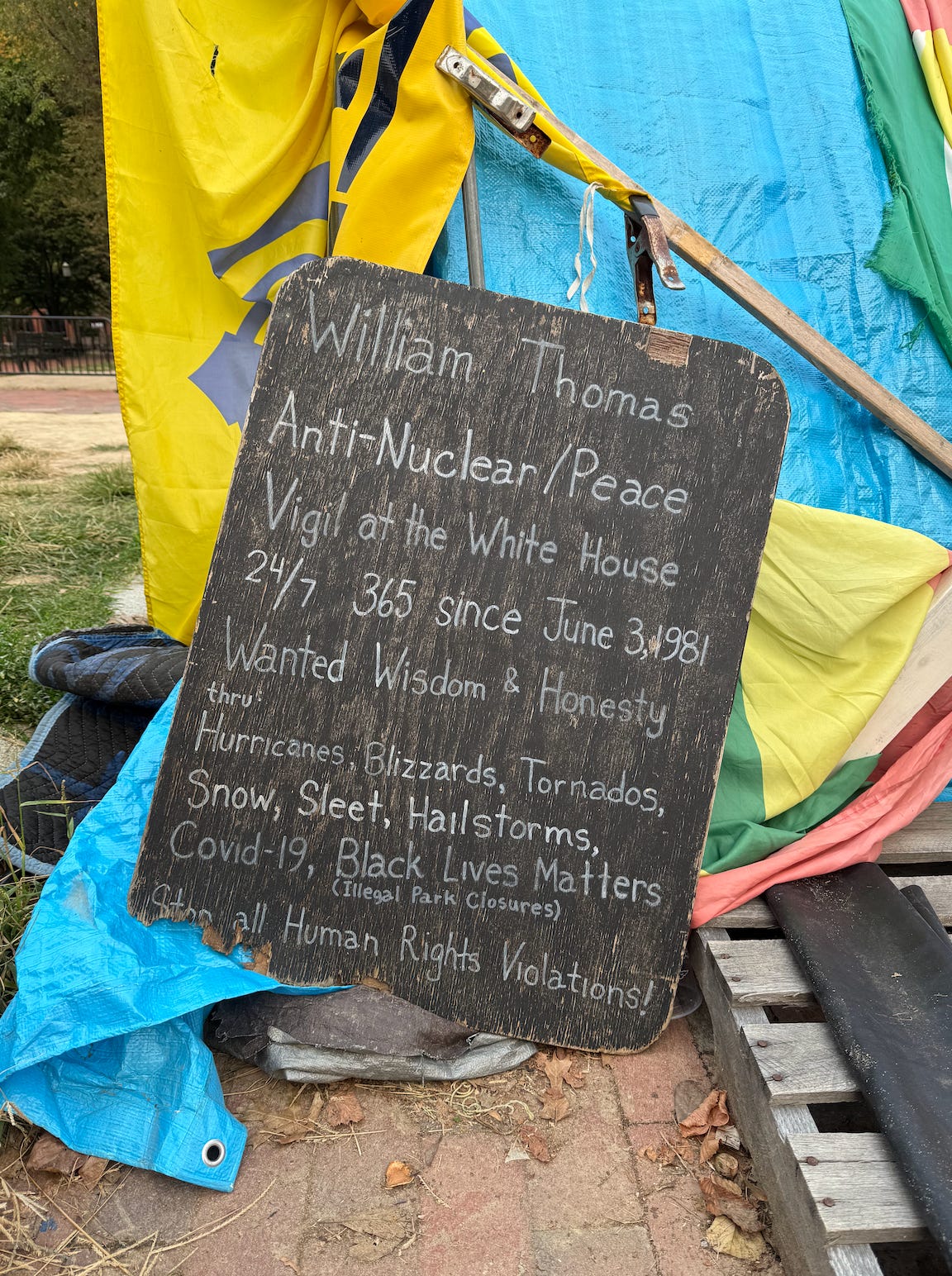
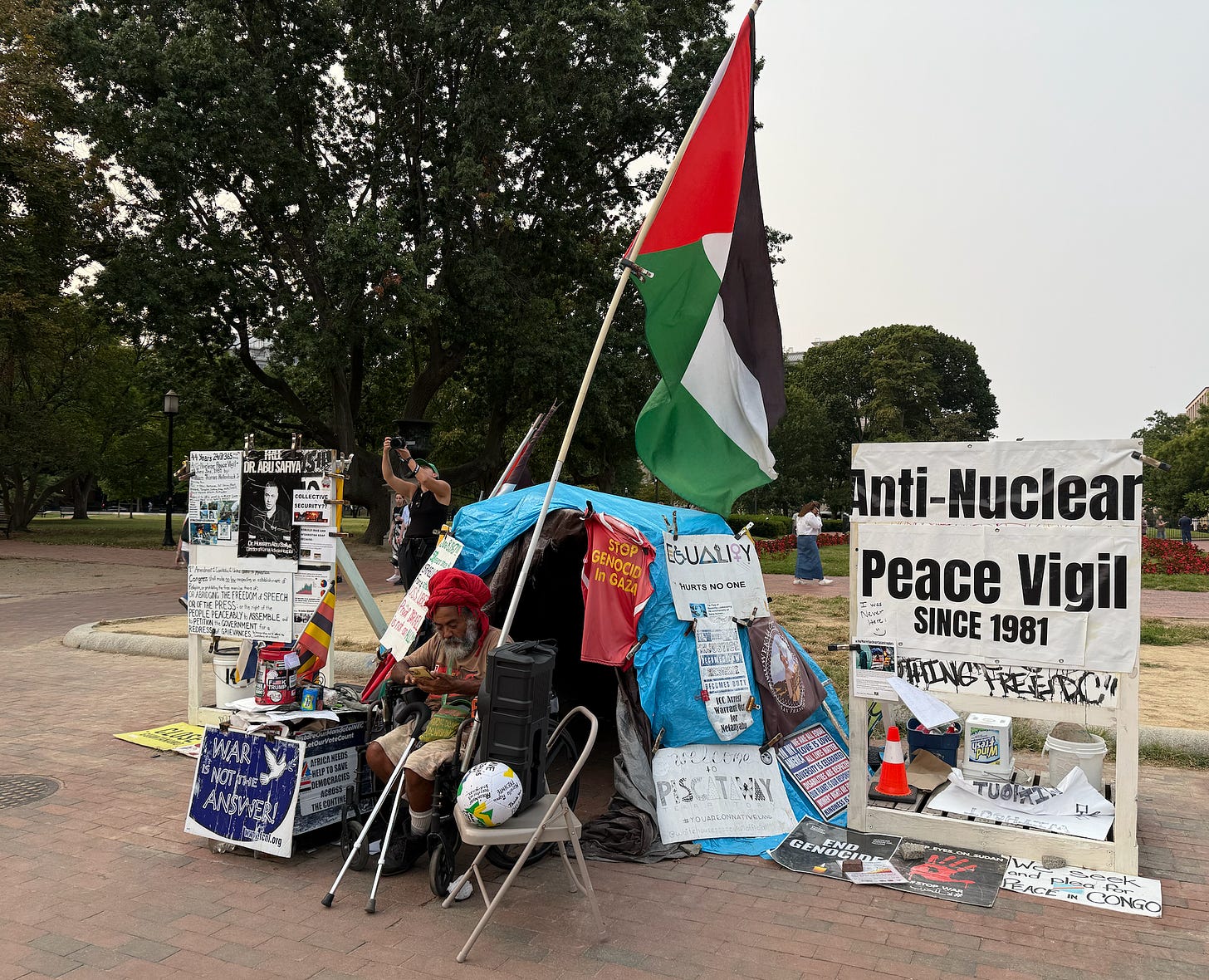
Now here’s someone actually deserving of a Nobel Peace Prize.
Nicely done!